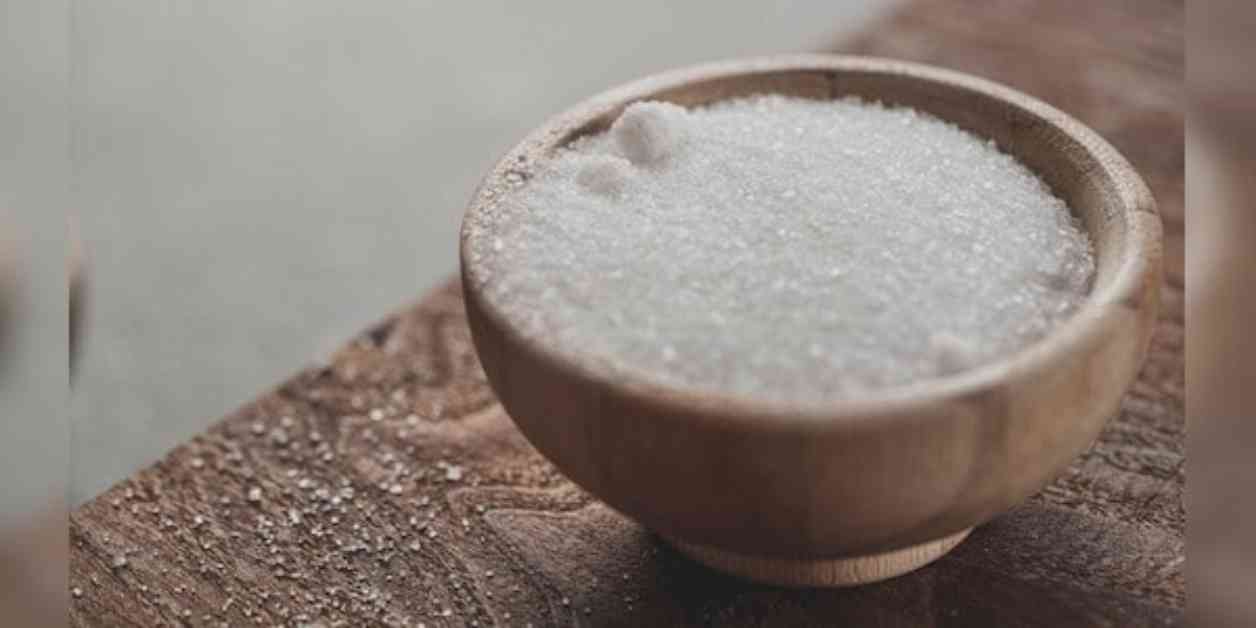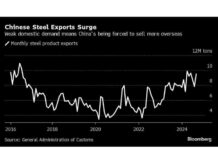Government to Modernize Outdated Sugar Production and Pricing Regulations
The Ministry of Consumer Affairs, Food and Public Distribution is set to overhaul the long-standing regulations concerning sugar production, storage, and pricing in order to adapt to technological advancements. The existing Sugar (Control) Order of 1966 is being revisited to address the changes in the sugar sector and ensure alignment with current industry practices.
New Draft Order Introduced
The ministry has introduced the draft ‘The Sugar (Control) Order, 2024’ to replace the decades-old regulations. This move comes as a response to the evolving landscape of sugar production and the need for updated guidelines to regulate the industry effectively. The draft order aims to address the technological advancements that have transformed the way sugar is produced and distributed.
Stakeholder Consultation
As part of the review process, the ministry has invited comments from stakeholders on the draft order, with a deadline set for September 23. This inclusive approach seeks to gather feedback from industry experts, producers, and other relevant parties to ensure that the new regulations are comprehensive and reflective of the current needs of the sugar sector.
Regulation of Sugar Production
The draft order empowers the government to regulate various aspects of sugar production, including the sale, storage, and disposal of sugar by producers and dealers. This regulatory framework is designed to streamline operations within the industry and ensure compliance with the new guidelines. By establishing clear rules and procedures for sugar production, the government aims to promote efficiency and transparency in the sector.
Price Regulation Mechanisms
One key area of focus in the draft order is the regulation of sugar prices. The government is tasked with setting prices for sugar sales, taking into account factors such as the fair and remunerative price (FRP) of sugarcane, production costs, and revenue from by-products. By implementing a structured pricing mechanism, the government aims to balance the interests of producers, consumers, and other stakeholders in the sugar industry.
Inspection and Enforcement Provisions
The draft order also outlines provisions for inspection, entry, search, sampling, and seizure related to sugar production. These enforcement mechanisms are crucial for ensuring compliance with the new regulations and maintaining industry standards. By empowering regulatory authorities to monitor and enforce compliance, the government aims to uphold the integrity of the sugar sector and prevent malpractices.
Licensing Requirements
Under the new regulations, producers are required to obtain licenses for manufacturing sugar and its byproducts from sugarcane. This licensing framework is intended to ensure that producers adhere to the specified conditions and operate in accordance with industry standards. By imposing licensing requirements, the government aims to promote accountability and quality control in sugar production.
Restrictions on Sale and Storage
The draft order grants the government the authority to restrict the sale, storage, and disposal of sugar by producers and dealers. These restrictions are aimed at preventing hoarding, price manipulation, and other market distortions that could adversely impact the sugar industry. By imposing limits on sales and storage, the government seeks to maintain market stability and protect the interests of all stakeholders in the sugar sector.
Challenges and Opportunities
The modernization of sugar production and pricing regulations presents both challenges and opportunities for the industry. While the new regulations may require adjustments and investments from producers to comply with the updated guidelines, they also offer the potential for increased efficiency, transparency, and competitiveness in the sector. By embracing technological advancements and regulatory reforms, the sugar industry can position itself for sustainable growth and development in the years to come.
Conclusion
The government’s initiative to review and modernize the outdated sugar production and pricing regulations is a significant step towards enhancing the efficiency and competitiveness of the industry. The introduction of the draft ‘The Sugar (Control) Order, 2024’ reflects the government’s commitment to aligning regulatory frameworks with technological advancements and industry best practices. By engaging stakeholders, implementing price regulation mechanisms, and strengthening enforcement provisions, the government aims to promote a fair and sustainable sugar sector that benefits all participants. Through collaboration and compliance with the new regulations, the sugar industry can navigate the evolving landscape and seize opportunities for growth and innovation in the future.






















